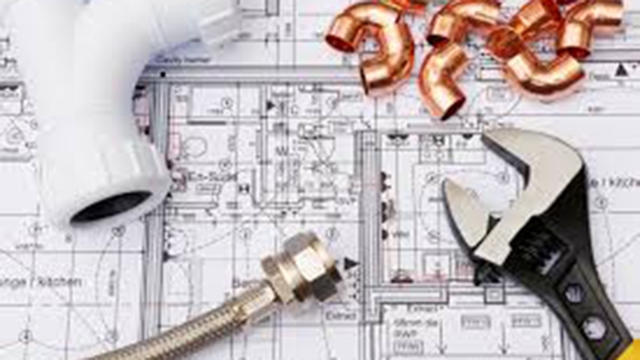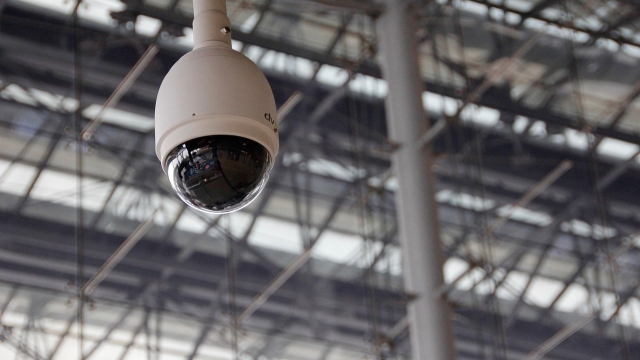
The Ultimate Guide for Plumbing Solutions

Are you tired of dealing with leaky pipes and clogged drains? Well, worry no more because we have the ultimate guide for all your plumbing needs! Plumbing may seem daunting at first, but with the right knowledge and a few simple tricks, you can become your own DIY plumber in no time.
From fixing a dripping faucet to unclogging a stubborn toilet, this guide will walk you through step-by-step instructions for common plumbing issues. Whether you’re a homeowner or a renter, being able to handle basic plumbing problems can save you time, money, and the frustration of waiting for a professional to arrive.
We’ll cover everything from essential tools you should have in your plumbing toolkit to troubleshooting common plumbing problems. With our practical tips and expert advice, you’ll feel confident tackling any plumbing challenge that comes your way. So, let’s roll up our sleeves and dive into the fascinating world of plumbing!
Common Plumbing Issues
Leaky Faucets: One of the most common plumbing problems is a leaky faucet. Not only can the constant dripping be annoying, but it can also waste a significant amount of water. Most often, a worn-out washer or a faulty valve is the culprit behind the leak. To fix this issue, you can replace the washer or the faulty valve with a new one. Alternatively, seeking the help of a professional plumber can ensure a proper repair.
Clogged Drains: Dealing with a clogged drain can be quite frustrating. Whether it’s a slowly draining sink or a completely blocked toilet, clogs can disrupt your daily routine. One effective way to address this issue is by using a plunger or a drain snake. Plungers work well on sinks and toilets, while drain snakes are better suited for more stubborn blockages deeper within the pipes. If the clog persists, reaching out to a licensed plumber can help diagnose and resolve the problem.
Running Toilets: If you hear the sound of water running in your toilet tank long after flushing, you have a running toilet issue. This problem typically occurs when the flapper valve inside the tank fails to seal properly, allowing water to continuously flow from the tank to the bowl. To fix this, you can adjust the chain that connects the flush handle to the flapper valve or replace the flapper valve altogether. If the issue persists, it’s advisable to consult a professional plumber to avoid any further complications.
Remember, these are just a few common plumbing issues that homeowners often encounter. By addressing these problems in a timely manner, you can prevent further damage and ensure the efficient functioning of your plumbing system.
DIY Plumbing Tips
In this section, we will provide you with some helpful DIY tips to tackle common plumbing issues. These tips can come in handy when you encounter small problems that don’t require professional assistance. Remember, always prioritize your safety and if unsure, don’t hesitate to seek professional help.
Prevention is Key
Regular inspection and maintenance can help prevent plumbing issues before they become major headaches. Keep an eye out for leaks, dripping faucets, or any unusual sounds coming from your pipes. Addressing these problems early on can save you time and money in the long run.Unclogging Drains
Blocked drains are a common nuisance in households. Instead of relying on harsh chemicals, try using a plunger or a drain snake to remove the clog manually. Remember to wear gloves and be patient during the process. If the blockage persists, it’s best to call a professional plumber.Fixing Leaky Faucets
Leaky faucets not only waste water but can also increase your utility bills. To fix a leaking faucet, start by turning off the water supply to the affected faucet. Unscrew the faucet handle and replace the worn-out parts, such as the O-ring or the washer. Once you’ve replaced the parts, reassemble the faucet and turn on the water to check for leaks.
Remember, while these tips can be helpful for small plumbing problems, it’s important to know your limits. If you’re unsure about any plumbing task or encounter a larger issue, don’t hesitate to contact a professional plumber for assistance.
When to Call a Professional Plumber
If you find yourself dealing with a plumbing issue that you are unsure how to handle, it may be time to call in a professional plumber. While some minor plumbing tasks can be tackled on your own, certain situations require the expertise and equipment of a trained plumber. Here are a few instances when it is best to seek the help of a professional:
Dripping Faucets: While a dripping faucet may seem like a minor annoyance, it can actually waste a significant amount of water over time. If you have tried various DIY methods to fix the drip, such as replacing the washer or tightening the faucet, but the problem persists, it is wise to call a professional plumber. They will be able to accurately diagnose the underlying cause and prevent any further water wastage.
Clogged Drains: Dealing with a clogged drain can be frustrating, especially if you have tried using chemical drain cleaners or a plunger without success. In such cases, calling a professional plumber is the next best step. They have the tools and expertise to safely and effectively remove stubborn clogs without causing any damage to your plumbing system.
Cedar Park PlumberBurst Pipes: When a pipe bursts in your home, it is crucial to act quickly to minimize water damage and prevent further complications. Burst pipes can lead to flooding, structural damage, and even mold growth if not addressed promptly. Contacting a professional plumber is essential in this situation, as they will have the skills and equipment necessary to repair or replace the damaged pipe and restore your plumbing system to working order.
Remember, while DIY plumbing can be tempting, there are certain situations where it is best to leave it to the professionals. By knowing when to call a professional plumber, you can save time, money, and avoid potentially costly mistakes.



